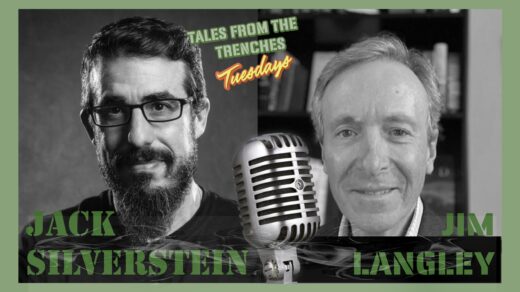
I like to read the Fundraising Effectiveness Project’s reports on a fairly regular basis. It shows the triumphs and challenges we face as a profession. Sometimes the news is great. For example, many new donors supported a wide range of charities (often as new donors) during the pandemic. Sometimes, however, the news isn’t so great and points out a problem or two, like in the Q4 report. Now that we are learning to live in a post-pandemic era, we find that many of these new donors are not staying with the nonprofits that they supported during COVID. I have some observations on this factoid:
- Unrealistic Expectations. Many nonprofits (erroneously) believe that just because a donor made an initial gift to the organization, that the nonprofit is entitled to continued support. That is just not the case (and is presumptive at best). While it is true that keeping a donor is easier and more economical than acquiring a new donor, it is unrealistic to believe that all first-time donors will convert to long-term donors. Perhaps the case for support is no longer urgent, or it may be some other reason. We have all learned to manage our expectations with the effects of remote work, higher costs and supply chain issues, so we will have to learn to manage fundraising expectations as well. This issue is probably the number one problem all fundraising professionals face.
- The pandemic was a blip. Many people shifted their funding priorities during the pandemic. Some rethought the organizations they support, while others reexamined their philanthropic goals at the 20,000 ft. level. Grassroots organizations saw a large bump in revenue at the beginning of the pandemic. Food banks were media darlings, and the population responded to the plea for more help.
- Fatigue. Let’s face it — we are all tired. The pandemic impacted our lives much harder and longer than we had ever expected. Our collective mental health has suffered. We socially distanced ourselves appropriately and now may find it a challenge to integrate back in to the life we had before the pandemic. There are many who will never attend a 500-person rubber chicken event again. Donor fatigue is a real thing, folks — and it’s a huge problem. And we, as fundraisers, don’t help the situation. Far too often we “count” on last year’s gift to be replicated with minimal effort and even less donor communication. The pandemic has given us marching orders to change how we conduct ourselves or the donor will change how they conduct themselves (to our detriment).
- Churn is real, and it is frustrating. I wrote about donor churn here and quoted Tom Ahern, who, after learning that for every 100 new donors, the nonprofit was losing 103 donors said “If you were running a race with those numbers, you’d be running backwards“. How do we attempt to fix the donor churn? I would suggest three potential remedies:
- Staff churn affects donor churn. When there is a revolving door for the fundraising staff, it shouldn’t be a surprise that the donors themselves become a revolving door. Good fundraising is about relationships. So when part of the relationship leaves, there is an inherent gap (that likely won’t go away in a timely manner). Creating an environment that the fundraising staff will want to stay could be a solution.
- Love your donors more. I donated to some local charities during the pandemic. I didn’t hear from the vast majority of them regarding the impact of my gift. I did, however, get put on their solicitation list. Make your donors feel special (cuz they are). Have a conversation. Pick up the phone!
- Think strategically. Where can you find a new group of people who will support your nonprofit? (Doing it one-at-a-time will burn you out. Guaranteed.) Maybe look at the Direct Mail revenue stream. An interesting fact is that donors who live within in a 3-mile radius of your location have a higher tendency to support your organization than do prospects who live afar. Maybe run a 50-50 lottery to get a critical mass of names that you can then follow up with.
The news in the report is not really new. We have been experiencing donor drop-off for quite some time. The problem is further exacerbated because many nonprofits are raising more money than before (albeit from fewer donors). The gap between the top donors and the entry-level donors is widening. We must, as the fundraising professionals do something about that giant chasm or we will one day run out of donors.
Until next week.
L’chaim,
jack




